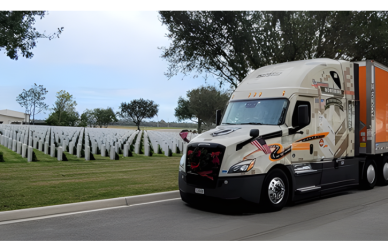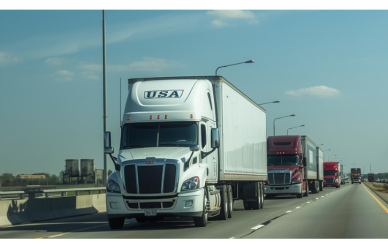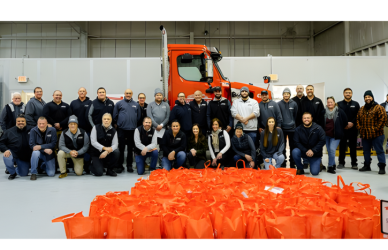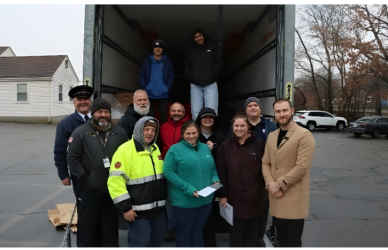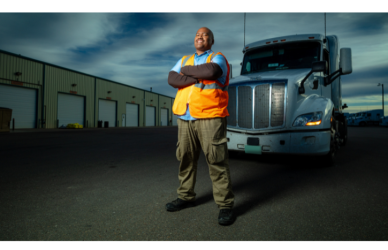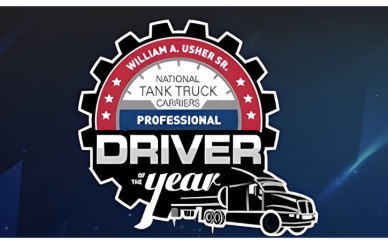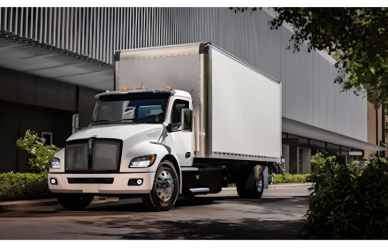Recent developments in workplace harassment guidelines have the potential to revolutionize the trucking industry for women and minorities. The U.S. Equal Employment Opportunity Commission has submitted a draft guidance, titled “Proposed Enforcement Guidance on Harassment in the Workplace,” to the Office of Management and Budget for approval.
After an OMB review, the guidelines will undergo a public comment period before being finalized. With these new regulations, individuals facing harassment at work will have the tools they need to hold bad-actor carriers accountable.
“In November 2017, the [EEOC] voted to unanimously approve a new harassment guidance, but that document was never finalized or published,” an EEOC spokesperson said. “Since that time, some notable changes in society and the law have occurred, including the #MeToo movement going viral and issuance of new court decisions that required additional updates to the draft guidance.”
While the 2017 version laid the foundation, the updated guidelines are not yet available to the public. The previous version, however, included five key principles that have proven effective in addressing and preventing harassment. These principles are:
- Committed and engaged leadership
- Consistent and demonstrated accountability
- Strong and comprehensive harassment policies
- Trusted and accessible complaint procedures
- Regular, interactive training tailored to the audience and organization
To further combat harassment, the EEOC recommends concrete steps like dedicating sufficient staff time to prevention efforts and implementing bystander intervention training.
The 2017 guidelines created by the EEOC took into account real-life examples of harassment discrimination. One such example involved Contonius Gill, an African-American truck driver who was fired from a North Carolina-based trucking company after complaining about racial harassment.
In the fiscal year 2018, the EEOC filed 66 workplace harassment lawsuits, with 41 of them involving sexual harassment. This marks a 50% increase in sexual harassment suits compared to the previous fiscal year. Among these lawsuits were cases against Prime Inc. for not taking sufficient measures to prevent sexual harassment of a female truck driver, and Alliance Ground International for neglecting complaints from multiple women about sexual harassment by a male supervisor.
Recent EEOC harassment and discrimination lawsuits against trucking companies include a settlement of $45,000 from Pinnacle Logistics for failing to address sex-based harassment that caused a female worker to resign, and a settlement of $1.25 million paid by R&L Carriers to prevent future discrimination against female job applicants.
Desiree Wood, the head of REAL Women in Trucking Association, commented that updates to EEOC anti-harassment and discrimination policy are necessary in a male-dominated industry that has been resistant to societal changes.
“From where I sit, a lot of the trucking industry doesn’t feel like they need to comply with any of this stuff,” Wood reportedly said in an interview with FreightWaves. “As far as they’re concerned, they’re satisfied with a couple of lines on the bottom of their websites saying they don’t discriminate. But for many of them, they don’t actually follow through on a lot of that stuff.
“At the end of day, it’s not like there are sinister trucking CEOs out there saying, ‘Let’s discriminate against women.’ It’s a culture change, and the time and effort it takes to do that, and that costs money.”
Source: FreightWaves




